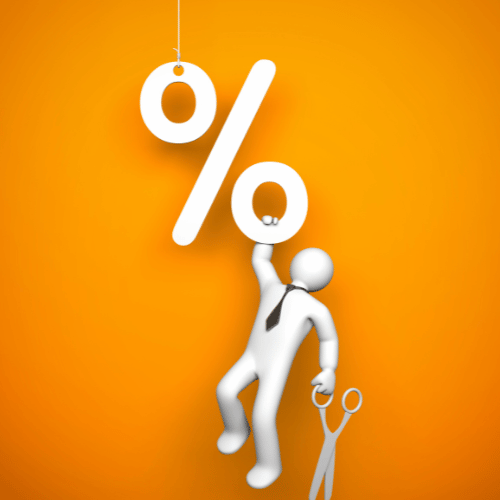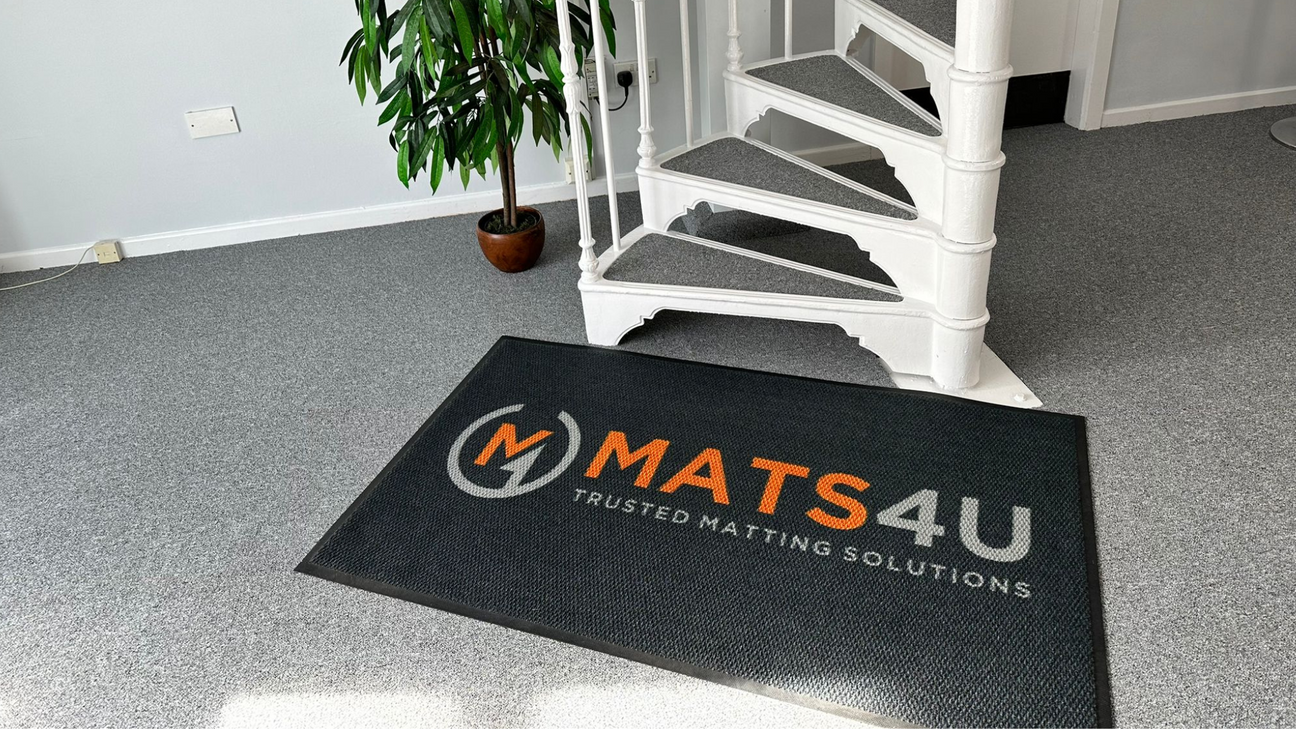Stop Slips, Trips & Falls in the Kitchen
Stop Slips, Trips & Falls in the Kitchen can be fatal...
Slips, trips, and falls are among the most common causes of injuries in both homes and workplaces, and the kitchen is no exception. The combination of slick surfaces, frequent movement, and potential hazards like spills and dropped objects makes kitchens a prime area for these accidents. Whether you're running a commercial kitchen or managing a home, understanding how to prevent slips, trips, and falls can save you from serious injuries and liability. In this guide, we’ll explore practical steps to mitigate these risks and make your kitchen a safer place.
Understanding the Risks: Why the Kitchen is a Danger Zone
Kitchens are high-traffic, fast-paced environments, and they come with a unique set of challenges. Here are a few reasons why kitchens are prone to slips, trips, and falls:
- Wet and Greasy Surfaces: Water, oil, and other liquids are common in the kitchen. Spills or splashes can create slippery surfaces that are hard to see, especially in dim lighting or on shiny tiles.
- Uneven Flooring: Kitchens can have a variety of floor surfaces, such as tile, wood, or laminate. Uneven transitions between these surfaces or worn-out flooring can create tripping hazards.
- Clutter and Obstacles: Busy kitchens often mean clutter. Objects left on the floor—like food, utensils, or cleaning supplies—can easily cause someone to trip.
- Footwear: Inadequate footwear, such as shoes without slip-resistant soles, can increase the risk of accidents.
- Fatigue and Distraction: In professional kitchens, workers may be fatigued or distracted due to long hours and multitasking, increasing the likelihood of making mistakes that can lead to accidents.
Preventing Slips in the Kitchen
Preventing slips requires a focus on keeping floors dry and choosing the right materials and equipment. Below are some strategies to stop slips in their tracks.
1. Maintain Clean and Dry Floors
Regular cleaning and prompt spill management are crucial in preventing slips. Here’s how you can achieve that:
- Immediate Cleanup: Encourage a kitchen culture where spills are cleaned up immediately. This reduces the chance of liquids or grease spreading across the floor.
- Use Proper Cleaning Methods: Use degreasing agents to remove oily residue effectively, as regular cleaning solutions might leave surfaces slick.
- Frequent Mopping: Ensure the floors are dry after cleaning by using dry mops or absorbent materials. Wet floors are a major slip hazard, so posting “Wet Floor” signs is essential during and after mopping.
- Install Drainage Systems: If your kitchen often deals with large amounts of water, having a proper drainage system can help remove excess water from the floor, reducing slip hazards.
2. Non-Slip Flooring Solutions
The type of flooring in your kitchen can significantly impact the likelihood of slips.
- Non-Slip Mats: Place non-slip mats in areas where water, grease, or other liquids are commonly spilled, such as near sinks, stoves, and dishwashing stations. Waterhog mats, for example, are designed to trap moisture and offer a firm grip underfoot.
- Textured Flooring: If you’re renovating or designing a kitchen, consider installing slip-resistant tiles or textured flooring. These surfaces provide better traction and are less likely to cause slips.
- Mat Maintenance: Regularly clean and inspect mats for wear and tear. A damaged or curled-up mat can become a tripping hazard.
3. Proper Footwear
Wearing the right shoes can drastically reduce the risk of slipping.
- Slip-Resistant Shoes: Ensure that kitchen workers or household members wear shoes with non-slip soles. These shoes are specifically designed to provide better traction on wet or greasy surfaces.
- Closed-Toe Shoes: In professional kitchens, closed-toe shoes not only protect against slips but also guard against injuries from falling objects or spills.
Preventing Trips in the Kitchen
Trips are often caused by obstacles on the floor or uneven surfaces. Here’s how you can minimize trip hazards.
1. Declutter Walkways and Workspaces
A cluttered kitchen is a dangerous kitchen. Keep the following tips in mind:
- Clear Pathways: Ensure that walkways and common kitchen areas are free from clutter. Store utensils, tools, and ingredients in designated spaces to avoid tripping hazards.
- Manage Cords: Electrical cords from kitchen appliances can pose a significant trip hazard. Keep cords secured and away from walkways by using cable ties or mounting strips.
2. Fix Uneven Flooring
Uneven floors, raised tiles, or torn carpets are serious trip hazards. Address these issues promptly to avoid accidents.
- Repair Damage: Regularly inspect your kitchen’s floors for damage. Fix broken or chipped tiles, repair raised edges, and smooth out uneven transitions between different types of flooring.
- Use Ramps or Transition Strips: If your kitchen has a step or uneven flooring between sections, install ramps or transition strips to smooth out the change in level and reduce tripping hazards.
3. Proper Lighting
Good lighting is essential to reducing trips and falls, especially in areas prone to obstacles.
- Bright, Even Lighting: Ensure that all areas of the kitchen are well-lit, particularly around workstations and walkways. Avoid shadows, which can obscure potential hazards.
- Task Lighting: Use task lighting for detailed workstations to ensure better visibility, reducing the chance of accidents caused by distraction or poor vision.
Preventing Falls in the Kitchen
Falls can occur when slips or trips turn into a full-fledged tumble. Here’s how to prevent falls and minimize their impact.
1. Install Handrails and Grab Bars
In certain kitchen environments, particularly in commercial settings, it can be helpful to install handrails or grab bars.
- Along Walkways: Installing handrails along long kitchen walkways can provide additional support and stability for workers.
- Near Stairs: If your kitchen has stairs or elevated platforms, place grab bars and handrails strategically to prevent falls.
2. Practice Safe Movement Techniques
Encourage safe movement techniques to reduce the risk of falling:
- Stay Alert: In busy kitchens, it’s easy to become distracted. Always stay aware of your surroundings, and make sure you are clear of potential hazards before moving quickly.
- Move with Purpose: Avoid running or rushing, even in emergencies. Quick, sharp movements increase the chance of losing your balance and falling.
- Use Both Hands for Stability: When carrying heavy or awkward items, use both hands for stability. If necessary, ask for help or use carts to transport large loads.
3. Training and Awareness
Kitchen safety relies on everyone being aware of the risks and knowing how to act to prevent accidents.
- Safety Training: Regularly conduct safety training sessions for staff or family members, focusing on proper kitchen procedures, cleaning methods, and hazard awareness.
- Encourage a Safety Culture: In commercial kitchens, cultivate a culture of safety where everyone takes responsibility for identifying and addressing hazards. Encourage workers to report spills or obstacles immediately.
Conclusion: A Safer Kitchen is a Productive Kitchen
Preventing slips, trips, and falls in the kitchen requires a proactive approach. From keeping floors clean and dry to investing in non-slip mats and proper footwear, there are many ways to reduce the risk of accidents. Clear pathways, well-maintained floors, and safety-conscious habits can help ensure that your kitchen remains a productive and safe environment for everyone.
By adopting these strategies, you can significantly reduce the chances of accidents in the kitchen, protecting yourself, your loved ones, or your employees from harm. Safety is always the top priority, and with the right precautions, your kitchen can be both functional and secure.











